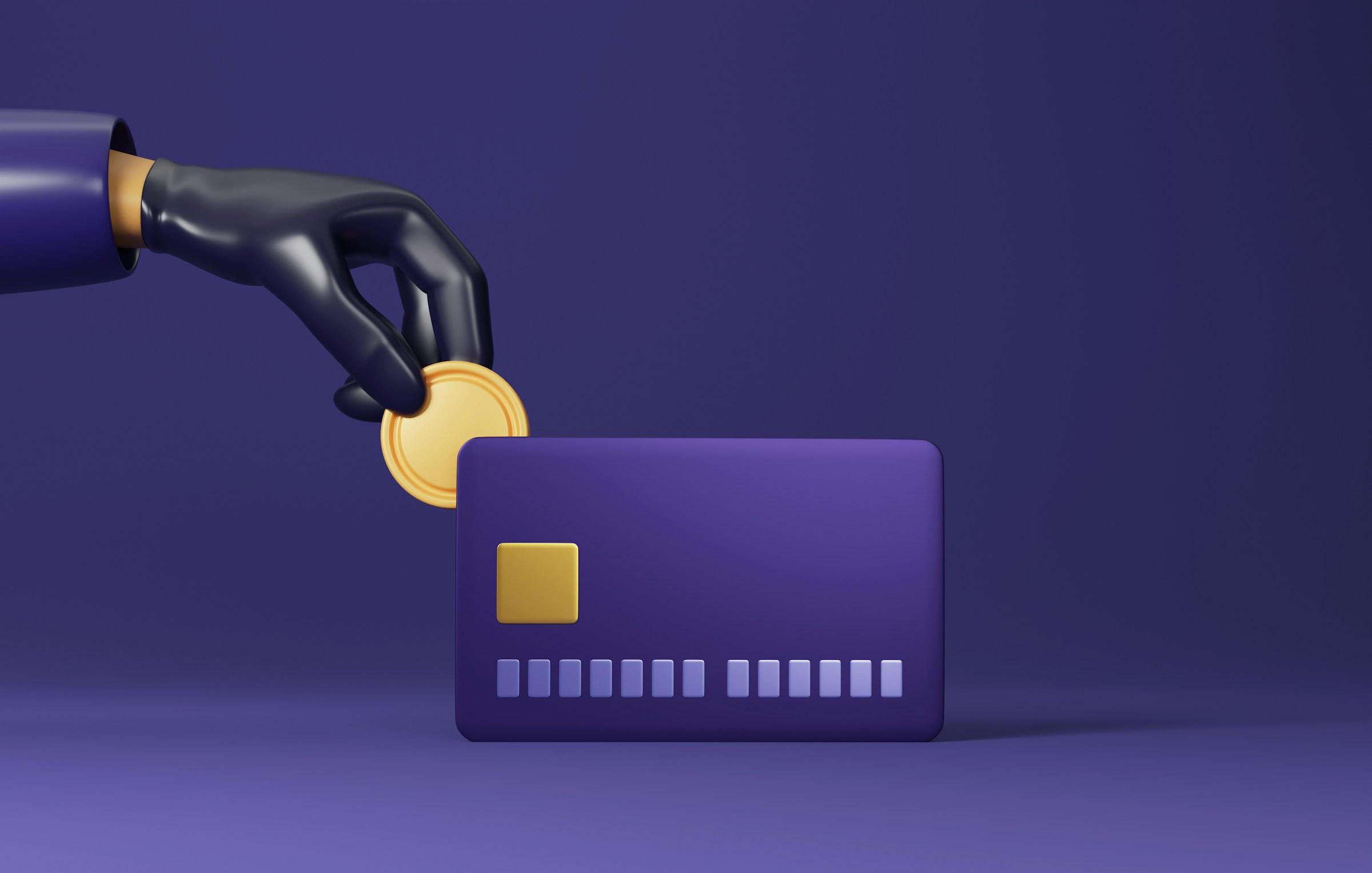For most of the twentieth century, credit moved from being a supporting actor in the American economy to its central operating mechanism. In a manufacturing led economy, firms borrowed to invest in factories and equipment, and households borrowed modestly for homes. Over time, policy choices, financial innovation, and global demand for dollar assets turned credit into the primary channel through which the United States amplified domestic demand and exported its financial model. To understand how credit has affected the American economy, it is necessary to look beyond simple narratives of good or bad leverage and see it as a structural feature that shapes growth, distribution, and vulnerability at the same time.
The first major shift came with the normalization of consumer credit after the Second World War. As returning soldiers formed households and suburbs expanded, the combination of mortgage finance, auto loans, and revolving credit cards supported a consumption driven growth model. Policy supported this through tax advantages for mortgage interest, the development of government sponsored entities in housing finance, and regulatory frameworks that favored bank intermediation of household borrowing. Credit did not simply respond to demand. It actively created new markets, from mass car ownership to shopping malls, by lowering the upfront cost of participation in the American consumer economy.
This expansion of household credit had clear benefits. It allowed families to smooth income over time, invest in housing earlier in their life cycle, and participate in higher education without waiting for accumulated savings. At the macro level, it supported a relatively stable upward trajectory of consumption, which became the dominant component of United States gross domestic product. For several decades, wage growth, productivity gains, and asset appreciation were strong enough that rising leverage looked manageable and even prudent. Credit deepening appeared to track real economic capacity.
Over time, however, the relationship between credit growth and underlying income growth began to diverge. Stagnant median wages, combined with rising housing and healthcare costs, made borrowing a substitute for income resilience rather than a complement to it. Households increasingly used credit to maintain living standards in the face of structural changes in labor markets and globalization. This transformed credit from a tool for investment in human or housing capital into a buffer against volatility, leaving many families more exposed to shocks such as job loss or medical events.
On the corporate side, credit markets evolved from traditional bank loans to a complex ecosystem of bond issuance, securitization, and leveraged finance. Large American corporates gained deep access to domestic and global capital markets, allowing them to fund expansion, acquisitions, and share repurchases at relatively low cost. For productive firms, this raised potential growth and supported the global competitiveness of sectors such as technology, healthcare, and consumer brands. For weaker firms, however, easy credit extended lifelines beyond what underlying cash flow justified, creating pockets of misallocation and a growing population of so called zombie companies that could service interest but not sustainably reduce principal.
Financial innovation intensified these trends. Securitization converted pools of mortgages, auto loans, and credit card receivables into tradable securities, attracting institutional investors searching for yield. This allowed originators to recycle capital rapidly and expand lending far beyond the constraints of their balance sheets. In parallel, the growth of shadow banking, money market funds, and structured products created a second layer of credit intermediation outside traditional regulatory boundaries. The apparent diversification of risk across global portfolios masked a concentration of exposure to correlated macro shocks, particularly in housing.
The global role of the dollar multiplied the impact of American credit creation. Foreign central banks, sovereign wealth funds, and institutional investors accumulated vast holdings of United States Treasury and agency securities. This foreign demand pushed down yields along the curve and supported low domestic interest rates, which in turn made credit more affordable for American borrowers. In practice, the rest of the world partly financed United States deficits and credit cycles, reinforcing the position of the American economy as both issuer of the main reserve currency and anchor of the global financial system. The feedback loop between domestic credit policy and global capital flows became a defining feature of the post Cold War era.
The vulnerabilities of this model were exposed in the global financial crisis of 2008. An extended period of accommodative monetary policy, combined with weak underwriting standards and complex securitization structures, produced a housing credit boom that outpaced real income and rental fundamentals. When prices reversed, the shock propagated across the financial system through securitized products, funded wholesale markets, and interconnected balance sheets. The crisis revealed that credit had amplified not only growth but also systemic fragility. The response, centered on aggressive monetary easing and unconventional tools, stabilized the system but did so largely by expanding central bank balance sheets and encouraging another round of credit expansion in different segments.
Since then, the American economy has operated in an environment of structurally low interest rates punctuated by periods of tightening in response to inflation or asset price overheating. Corporate leverage has risen, public debt has grown significantly, and household credit has shifted composition, with student loans and non prime borrowing playing a larger role for some segments. The pandemic response further entrenched the centrality of credit, as fiscal support and monetary purchases combined to hold down yields while deficits widened sharply. The result is an economy where most major sectors households, corporates, and the federal government rely on continued access to affordable credit as a baseline assumption.
This reliance has distributional consequences. Households with strong credit access, asset holdings, and stable income can leverage low rates to build wealth through housing and financial markets. Those with weaker credit profiles face higher borrowing costs or exclusion from formal credit altogether, relying on costlier forms of financing or informal support. At the macro level, the American credit system tends to magnify asset price cycles, which benefits those already positioned in financial markets and real estate. This dynamic contributes to wealth inequality, as gains from rising asset values accumulate faster than gains from wage income, especially in periods of aggressive monetary easing.
From a policy perspective, credit has therefore affected the American economy in at least three structural ways. It has raised potential growth by bringing forward consumption and investment, it has embedded cyclical and sometimes abrupt volatility into asset markets and employment, and it has widened gaps between those with strong balance sheets and those without. Monetary and regulatory authorities spend much of their time managing these tradeoffs balancing the desire to sustain growth and employment against the need to contain financial excess and protect system stability. Macroprudential tools, capital requirements, stress tests, and consumer protection rules are all, in different forms, attempts to discipline a system that leans naturally toward more leverage.
The international dimension adds another layer. When American credit cycles turn, the impact spills into global funding markets, dollar liquidity conditions, and risk appetite for emerging market assets. A tightening cycle by the Federal Reserve raises funding costs for sovereigns and corporates that borrow in dollars outside the United States. Conversely, extended easing can push capital into riskier jurisdictions searching for yield, often followed by sudden stops when sentiment reverses. In this sense, the American credit system functions not only as a domestic growth engine but also as a global transmission mechanism for financial conditions.
Looking ahead, the question is not whether credit will continue to shape the American economy, but how the balance between quantity and quality of credit will evolve. Demographics, productivity trends, climate investment needs, and geopolitical competition will all influence the desired level and direction of borrowing. If credit is directed toward genuinely productive uses such as infrastructure renewal, energy transition, and innovation the leverage it creates may be more sustainable. If it continues to concentrate in speculative asset cycles or fiscal consumption rather than investment the vulnerabilities already visible today will deepen.
For policymakers and institutional investors, the lesson is that American credit is both a growth asset and a risk factor. It underpins the liquidity and depth that make United States markets central to global portfolios, yet it also creates periodic stress events that require coordinated responses. The system has proved more flexible and resilient than many forecasts suggested in past crises, but each rescue has relied on larger and more unconventional interventions. That pattern suggests an economic model that remains powerful yet increasingly dependent on careful credit management rather than benign neglect.










.jpg&w=3840&q=75)



